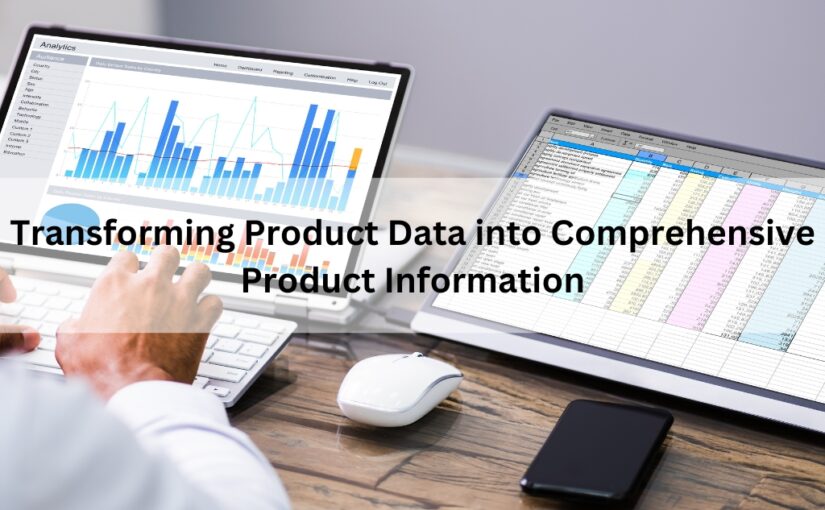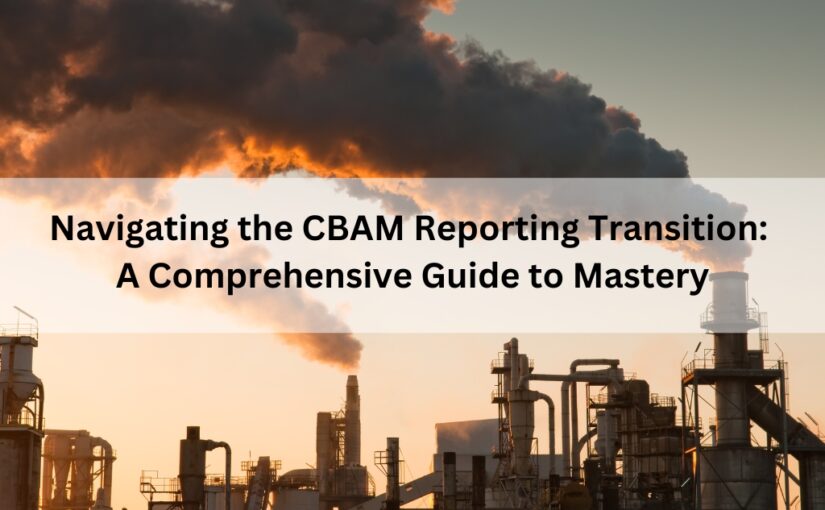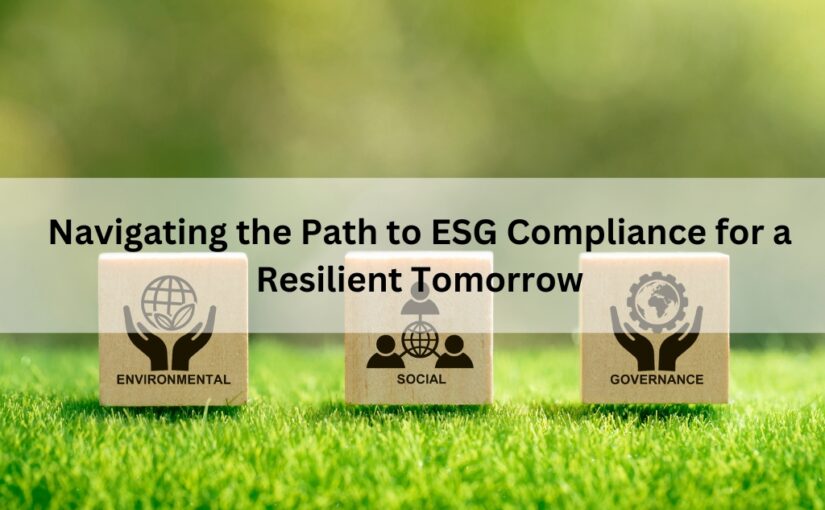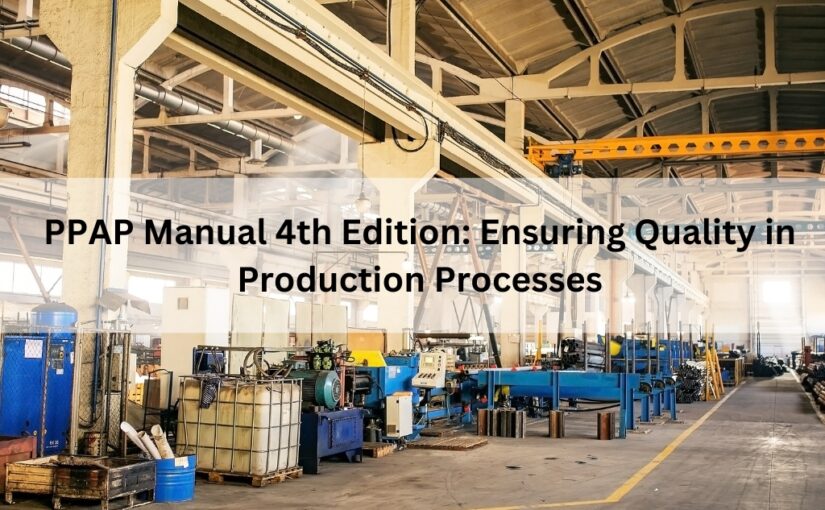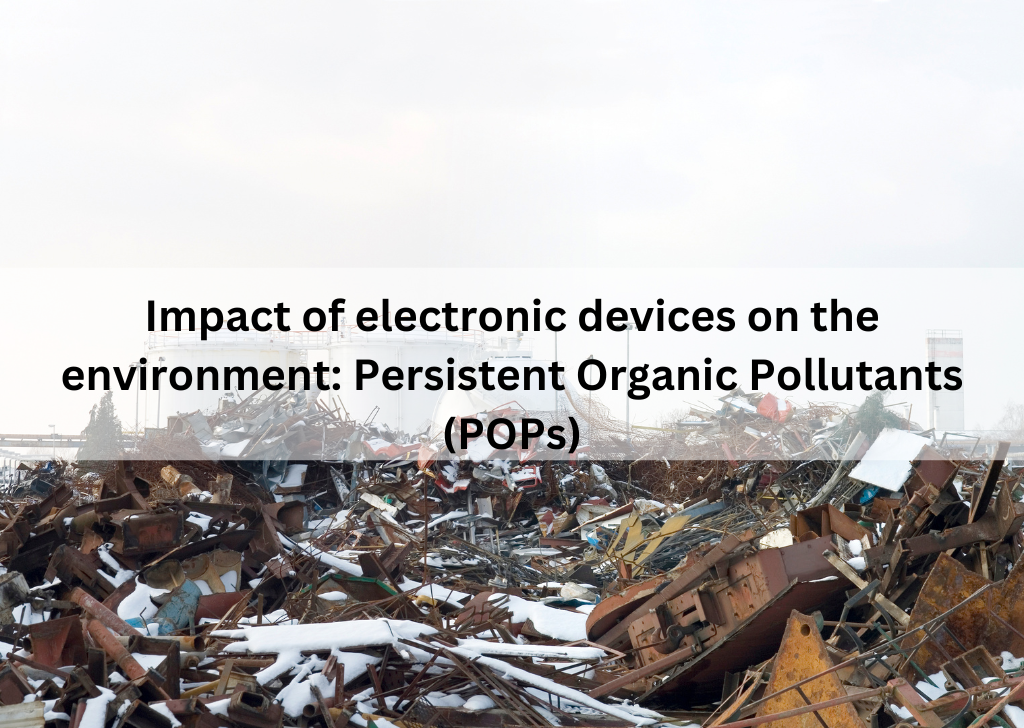Does your ASIC design reflect a conflict of material interests?
Every printed circuit board and VLSI design seems to rotate around checking if solders are RoHS compliant and if corrosion coatings obey the REACH directive. Now, there’s a new question – does it involve using conflict minerals?
Conflict minerals have nothing to do with WEEE and RoHS directives, but with the humanitarian crisis in Africa, and the passing of the Dodd-Frank Wall Street Reform and Consumer Protection Act, signed by President Obama in July 2010. At the time seemingly of little relevance to PCB design materials, it represented the biggest financial shake-up in the US since the Depression. But a number of statutes regarding overseas trading were introduced, including that concerning conflict minerals.
Conflict minerals are certain ores which have been mined in the DRC Zone, an area of conflict which encompasses the Democratic Republic of the Congo and the adjoining countries of Angola, Congo, Rwanda, Burundi, Tanzania, Sudan, Uganda, Zambia, and the Central African Republic. This is an area of extreme and ongoing violence, involving civilian atrocities on an unimaginable scale. An estimated seven million people – many of them women and children – have died since hostilities began.
The list of conflict minerals includes Tantalum, Wolframite and Cassiterite – all of which are used in electronic circuitry and VHDL design. By law, any engineering company listed with the US stock exchange, who uses these products, must declare if they originated from the DRC Zone.
No engineering company in the US wants to fund the DRC hostilities, but it’s often hard to gauge where products originate. We at Enventure Technologies offer a wide range of environmental compliance services and are one of the few companies covering conflict minerals legislation.

